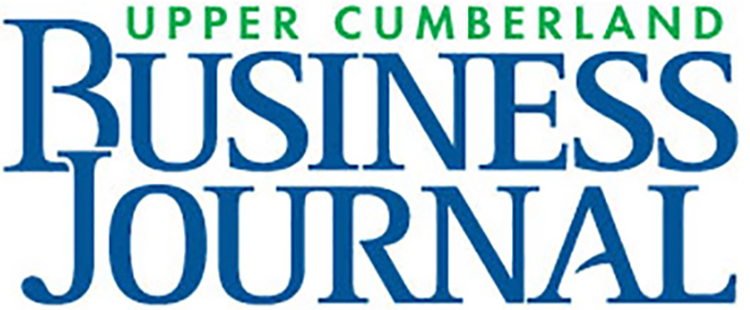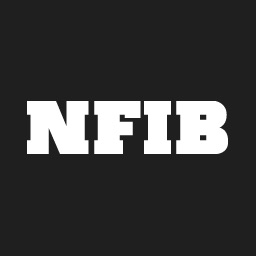NASHVILLE – The National Federation of Independent Business’s (NFIB) Small Business Optimism Index fell 1.8 points to 98.8 in July, near the survey’s historical average. Overall, 4 of the 10 Index components improved, 5 declined, and 1 was unchanged. The NFIB Uncertainty Index increased 7 points to 88. Reports of expected better business conditions in the next six months declined 14 points to a net 25%. Owners continue to temper with their expectations of future economic conditions as the COVID-19 public health crisis is expected to continue.
“This summer has been challenging for many small business owners who are working hard to keep their doors open and remain in business,” said NFIB’s Chief Economist Bill Dunkelberg. “Small business represents nearly half of the GDP and this month we saw a dip in optimism. There is still plenty of work to be done to get businesses back to pre-crisis numbers.”
State-specific data isn’t available, but NFIB State Director Jim Brown said, “Our members hope the worst is behind us and that the economy will get back to normal sooner rather than later.”
Key findings of the national survey include:
- Real sales expectations in the next 3 months decreased 8 points to a net 5%.
- The percent of owners thinking it’s a good time to expand decreased 2 points to 11% of owners.
- Earnings trends over the past 3 months improved 3 points to a net negative 32%.
- Job creation plans increased 2 points to a net 18%.
As reported last week in NFIB’s jobs report, a seasonally adjusted net 18% plan to create new jobs in the next 3 months, up 2 points from June and 17 percentage points above April. Owners are interested in hiring but many workers may not be ready to return.
Up one point from last month, 49% of owners reported capital outlays in the last six months. Of those making expenditures, 33% reported spending on new equipment, 21% acquired vehicles, and 13% improved or expanded facilities. Five percent acquired new buildings or land for expansion and 10% spent money for new fixtures and furniture. Twenty-six percent of owners are planning capital outlays in the next few months.
A net negative 28% of all owners (seasonally adjusted) reported higher nominal sales in the past 3 months. Even with states reopening, sales are often lower due to business restrictions, social distancing requirements, and a still-reduced willingness of consumers to go out and mingle with the general population.
The net percent of owners reporting inventory increases improved 3 points to a net negative 11%. The net percent of owners viewing current inventory stocks as “too low” was unchanged from June at 1%. The net percent of owners planning to expand inventory holdings decreased from June by 3 points to a net 4%. This reading is the third-highest quarterly reading since 2007.
The net percent of owners raising average selling prices rose 3 points to a net negative 2% (seasonally adjusted). Not seasonally adjusted, 16% reported lower average selling prices and 15% reported higher average prices. Price hikes were most frequent in retail (14% higher, 22% lower) and wholesale (14% higher, 15% lower). Seasonally adjusted, a net 13% plan price hikes (up 1 point).
A net 15% reported raising compensation (seasonally adjusted), remaining well below the 36% reading in February before COVID-19 policies were implemented in March. A net 13% plan to do so in the coming months. Eight percent cited labor costs as their top problem, unchanged from June’s reading.
Twenty-one percent of owners selected “finding qualified labor” as their top business problem, with 37% in construction. The COVID-19 disruption for millions of workers did not change the skills of the existing workforce.
The frequency of reports of positive profit trends rose 3 points to a net negative 32% reporting quarter on quarter profit improvement. The major cause of profit weakness is weak sales.
Only 3% of owners reported that all their borrowing needs were not satisfied and 35% reported all their credit needs were met. Fifty-one percent said they were not interested in a loan. A net 2% reported their last loan was harder to get than in previous attempts.
Click here to view the NFIB Small Business Economic Trends Survey.
About the Small Business Economic Trends
The NFIB Research Center has collected Small Business Economic Trends data with quarterly surveys since the 4th quarter of 1973 and monthly surveys since 1986. Survey respondents are drawn from a random sample of NFIB’s membership. The report is released on the second Tuesday of each month. This survey was conducted in July 2020. For more information about NFIB, please visit NFIB.com.









